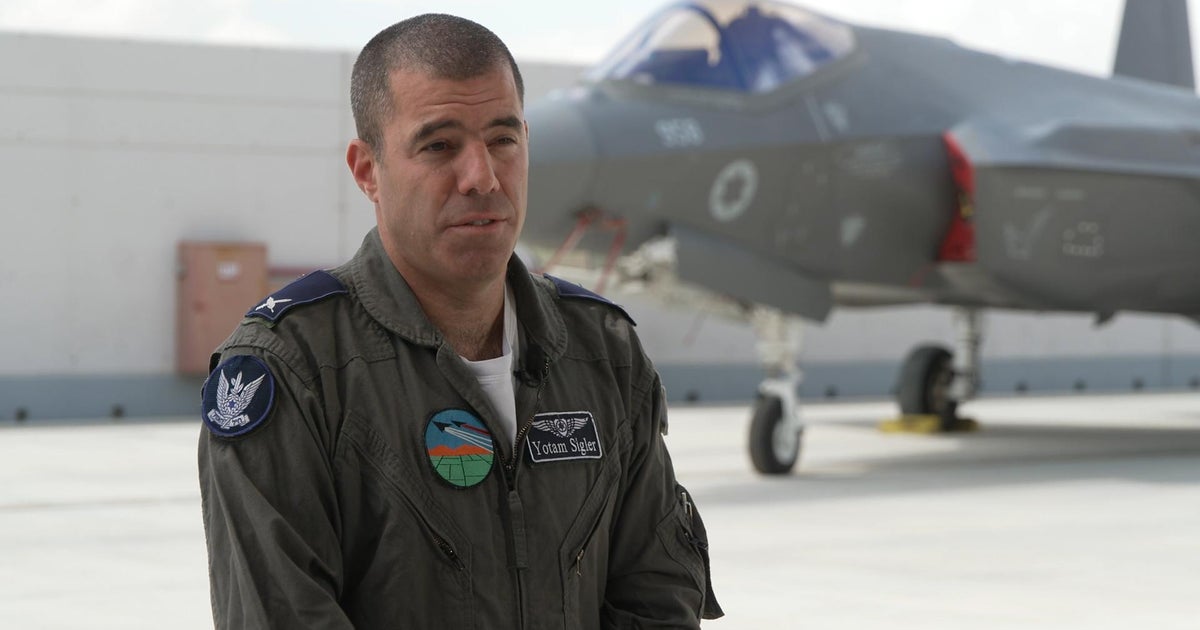NATO trains for Russian invasion in Norway
Norway's tiny military performs one of NATO's most important missions: keeping track of Russia's nuclear-capable bombers and submarines which are conducting increasingly aggressive exercises along the Norwegian coast. In response, NATO launched one of its largest military exercises since the Cold War, including thousands of troops, aircraft and an American aircraft carrier strike group operating inside the Arctic Circle for the first time in nearly 30 years. The NATO war games were designed to send an unmistakable message to the Kremlin, according to an American admiral: "You don't want to mess with us." David Martin reports from the High North on the next edition of 60 Minutes, Sunday, April 28 at 7:00 p.m. ET/PT on CBS.
Bolstering the U.S. NATO presence in Norway is welcome news for Foreign Minister Ine Eriksen Soreide. "What we saw was that NATO, over many years, had been engaged heavily, for instance, in Afghanistan," she tells Martin. "That's a very important mission but we also saw that some of the, I would say core areas of, of NATO, the territorial defense… had not the same attention over the years."
That changed last October when the 2018 Trident Juncture, a NATO joint-exercise aimed at repulsing an invasion of Norway, included the added firepower of the U.S. aircraft carrier Harry S. Truman and its escort vessels. It was the first time a U.S. carrier had operated above the Arctic Circle in nearly 30 years. The carrier strike group was part of a response force of 50,000 troops, 250 aircraft and 65 ships under the command of Admiral James Foggo. Trident Juncture was one of the largest NATO exercises since the Cold War and there was a reason for that says the admiral. "The message to Russia or anybody else that may want to challenge the alliance is think twice. You don't want to mess with us."
The Norwegians monitor the military movements of Russia in the High North, including the routine flights taken by nuclear-capable aircraft. But in recent years, the flights aren't always routine. Says Norwegian Lt. General Rune Jacobsen, "What we have seen lately is aggressive flying and simulated attacks against Norwegian exercises." He shows Martin what one such attack looked like. "A Russian attack formation, simulated attack that was flown in May 2017 not far north of, of this position," he says, pointing to a diagram of the mission. "That's not something you should do to your neighbor," says Jacobsen.
The Russians have also been upping their submarine presence, says Foggo, deploying a new class of submarine that is harder to detect. "We've seen an increase in submarine activity over the last few years that causes me pause," Foggo says. 60 Minutes learned that last summer, one of the new Russian submarines slipped into the Atlantic Ocean and for weeks evaded all attempts to find it. Russian submarines could pose a threat to the undersea cables which carry virtually all of the data exchanged over the internet by the U.S. and its allies and trading partners. Says Foggo: "Think about the global infrastructure that rests on the bottom of the ocean."



